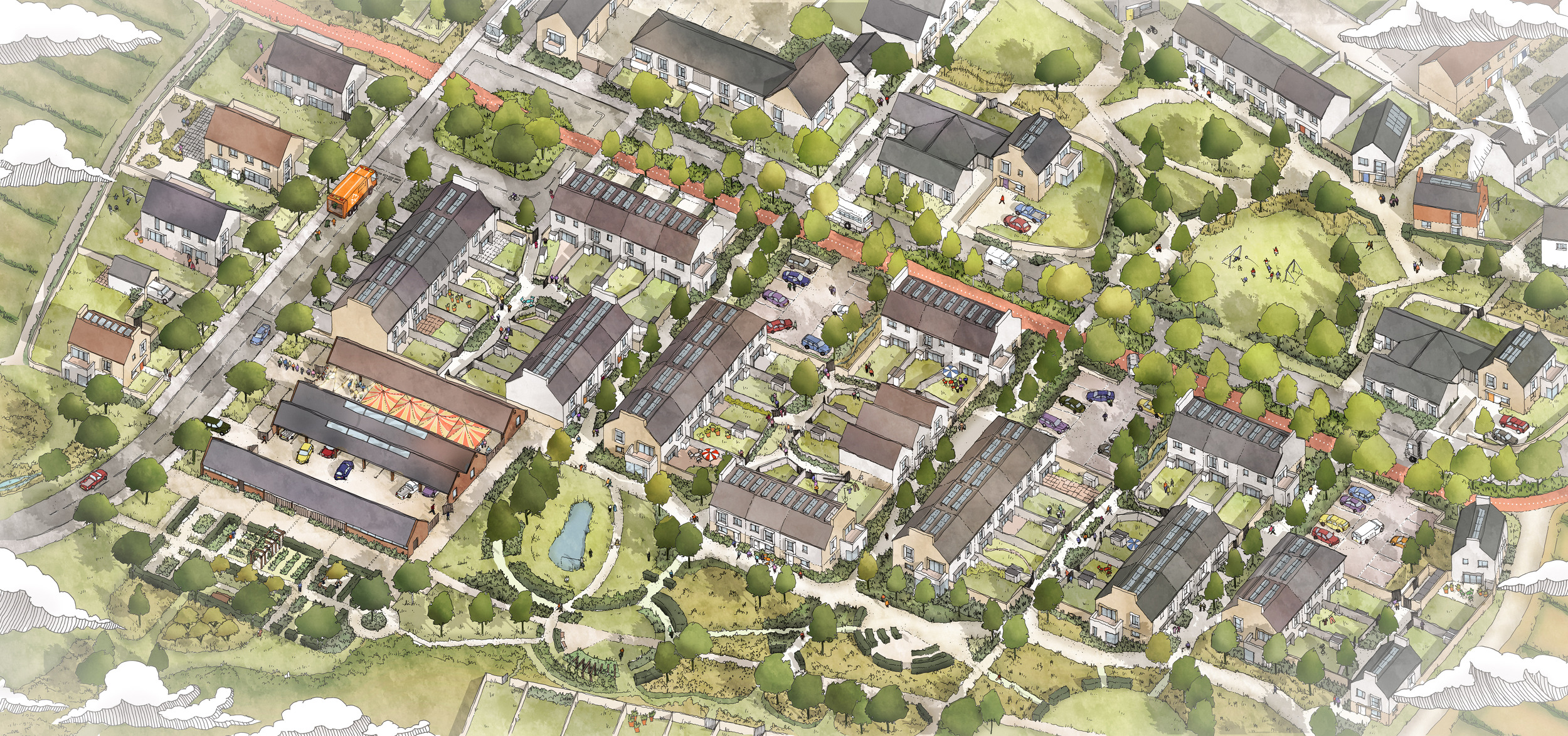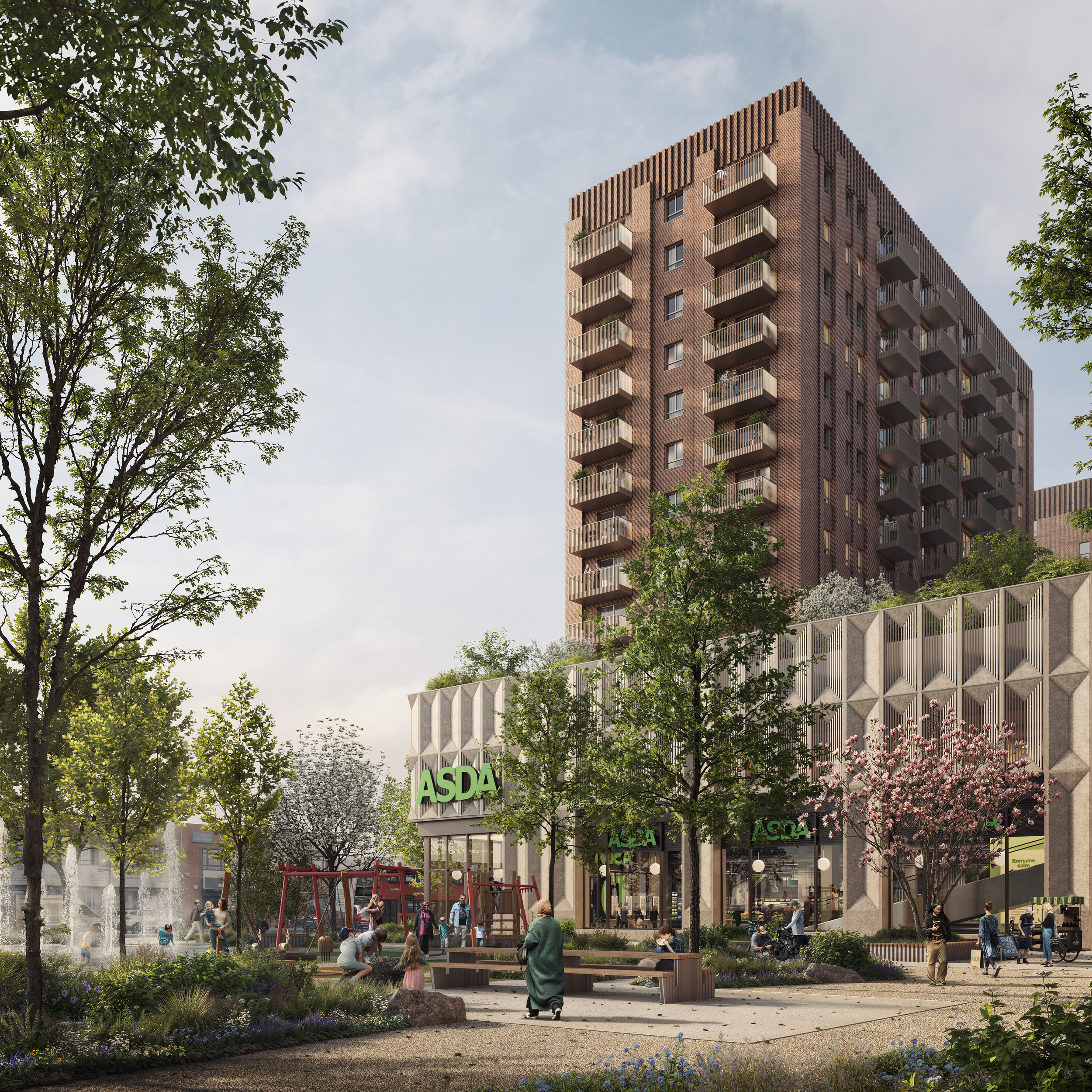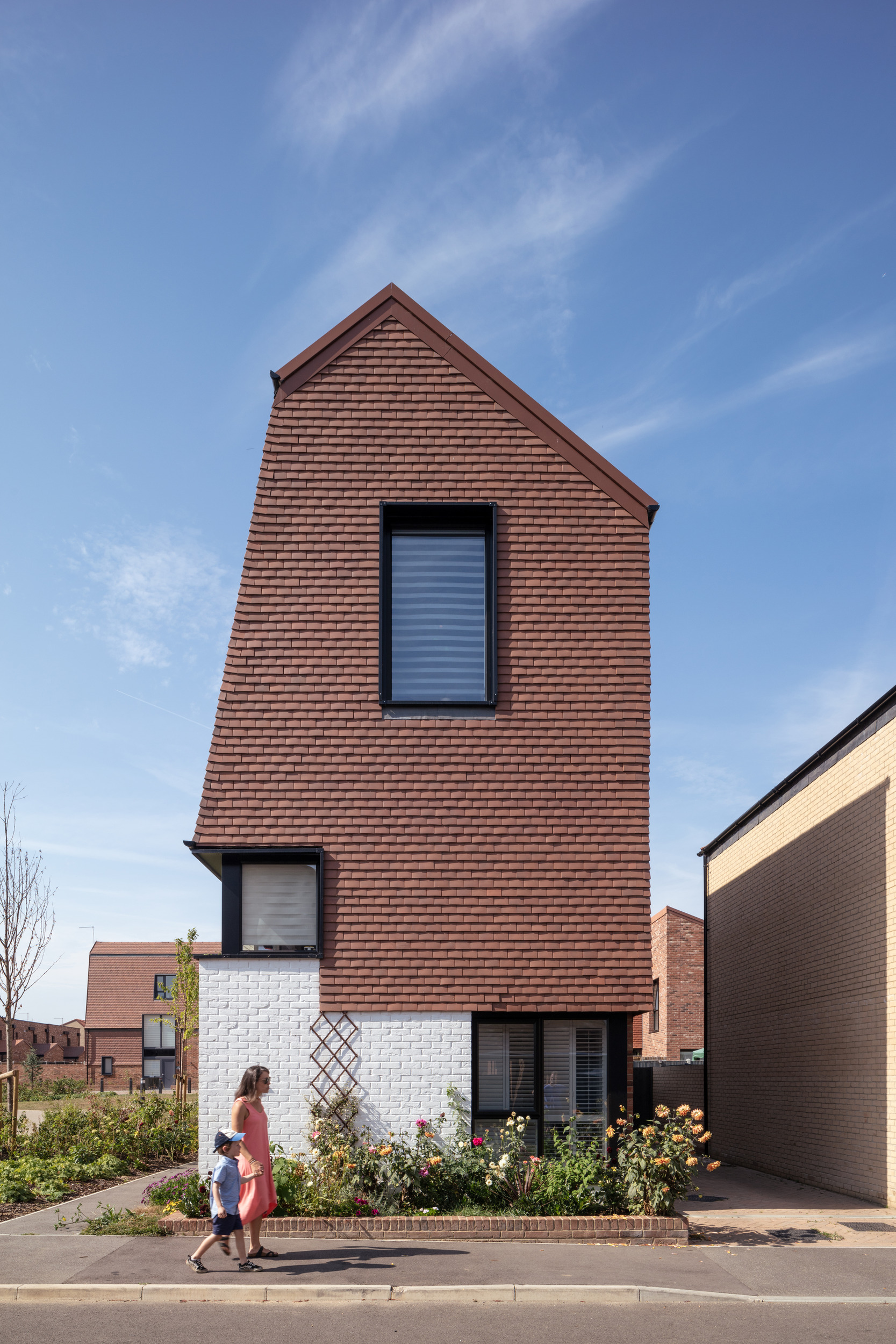Talking point: The new New Towns
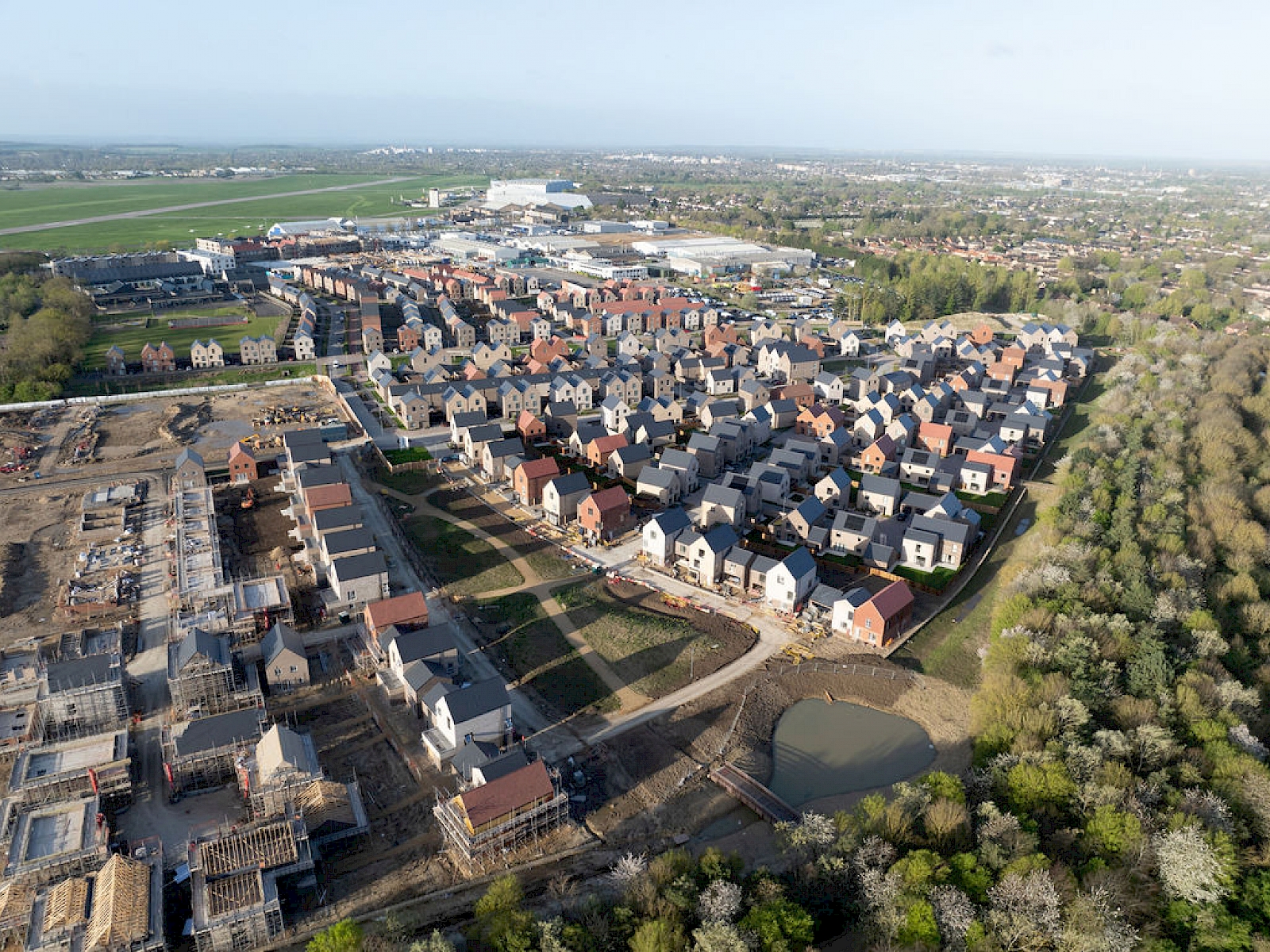
Rory Olcayto
So now we know where the new towns will be. Some are greenfield, others urban extensions, and there will be urban renewal and intensification in big cities like Manchester and Leeds and London. At first glance, the mix seems sensible. Twelve sites have been identified, with ministers vowing that at least three will see construction within this parliament. The rhetoric is familiar: thousands of new homes (40 per cent affordable, woo-hoo!), integrated infrastructure, schools and GP surgeries planned from the start. The mechanism, too, is a throwback: development corporations with compulsory purchase powers, stripped of the speculative ‘hope value’ that inflates land costs when farmland might suddenly be ‘valued’ at £1m if there’s a chance it could play host to new homes.
So why does this latest new towns promise feel less like a revival of the ambitious postwar programme than a carefully hedged gesture? Echoes of Stevenage, Harlow and Milton Keynes are misleading. These new, new towns will be smaller, more fragmented, reliant on private developers’ bottom line rather than public vision, and most likely, weighed down by endless assessments and viability tests. Design quality is promised, but only in the vaguest ‘placemaking’ sense. What’s missing is the coherence, confidence, and state capacity that defined the original new towns.
In this respect the postwar new towns really were a one-off, a popular, state-funded programme highly unlikely ever to be repeated. And while the government’s announcement of a ‘new generation’ of towns is framed as a radical intervention, the map of recent housing growth tells another story.
Across the UK, places like Northstowe, Sherford, Ebbsfleet, Houlton and Whitehill & Bordon are already emerging, vast projects of 5,000 to 15,000 homes being built over decades. These are new towns in all but name, delivered piecemeal by consortia of volume housebuilders under the banner of ‘garden villages’ or ‘urban extensions.’ They have schools, supermarkets, and ring-roads; they occupy former barracks, farmland, or airfields. In other words, the construction industry has quietly been building new settlements for years, without the fanfare of a ministerial press release.
I’ve rustled up an interactive map to show what’s currently being built right now, throughout the UK, including in Scotland, which is excluded from this latest Government new town plan.
Some, like Marleigh and Eddington are pretty good. (Hands up – we’ve played a key role in designing homes for and placemaking these settlements). The Trad ones are ok too – part of Sherford are appealing while Tornagrain, near Inverness, is shaping up to be exemplary in terms of rural town-making.
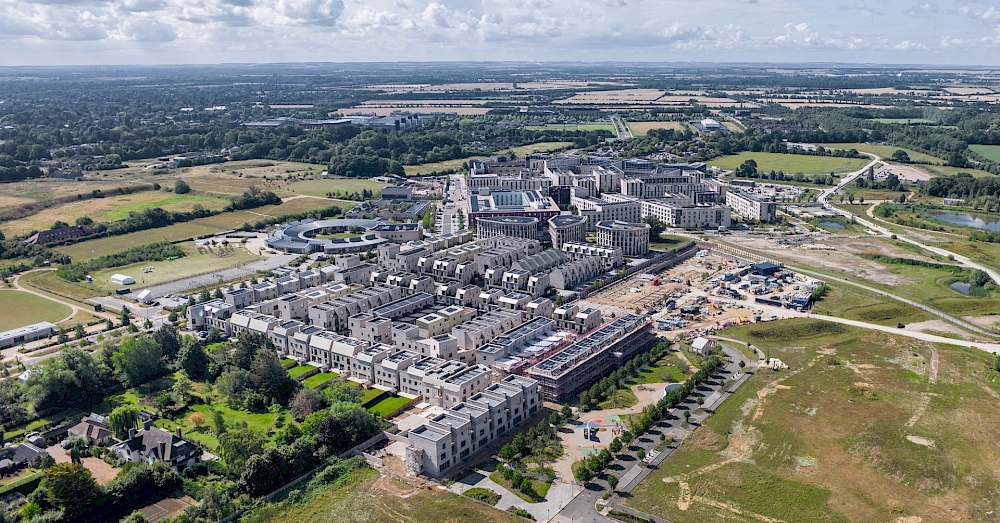
With my cynical hat on (a tight fit, I admit), the government’s promise of ‘spades in the ground’ – especially given three of the new towns, in Manchester, London and Bristol, are just continuations of existing projects - looks less like a bold new departure than an endorsement of the existing model: speculative, developer-led, and fragmented. It may be dressed in the rhetoric of postwar ambition, but this proudly announced project lacks the transformational industrial and social vision of the original new town programme.
It’s a damn shame tbh. Because there’s much in the projects we’ve recently worked on - parking barns for Woodstock’s new housing, underground waste management at Knights Park, custom-build homes in Basildon and co-locating homes with a supermarket for Asda at Park Royal – that could help template a more robust, useful and inspiring vision for the construction industry to rally around.
